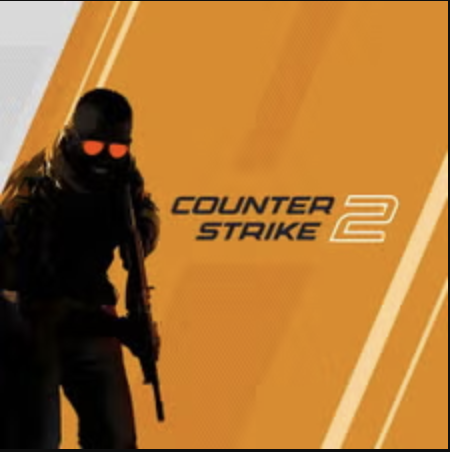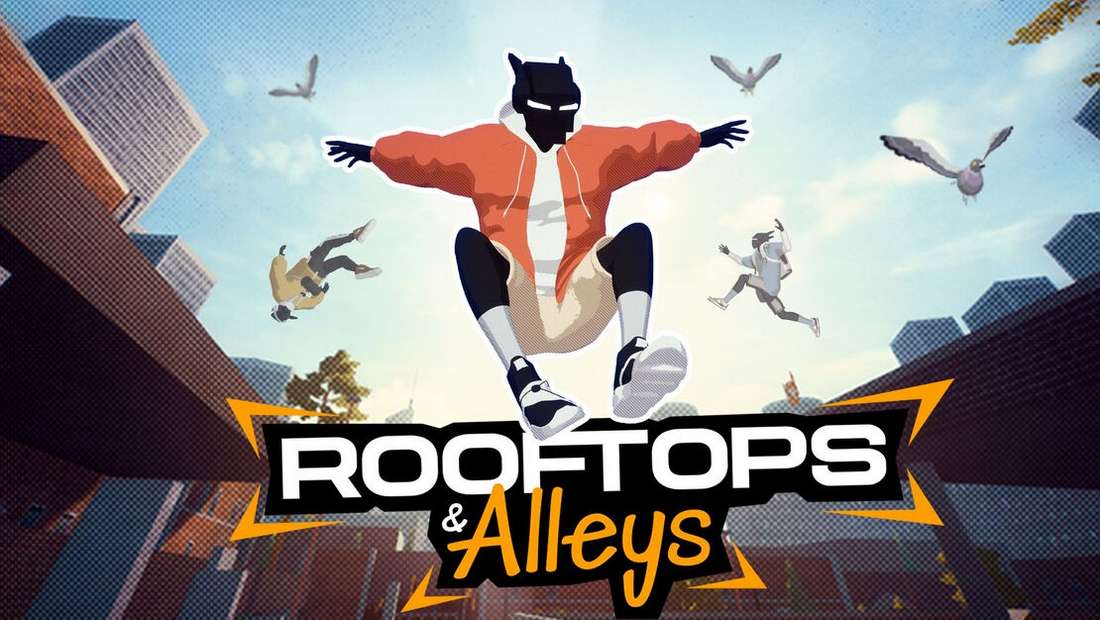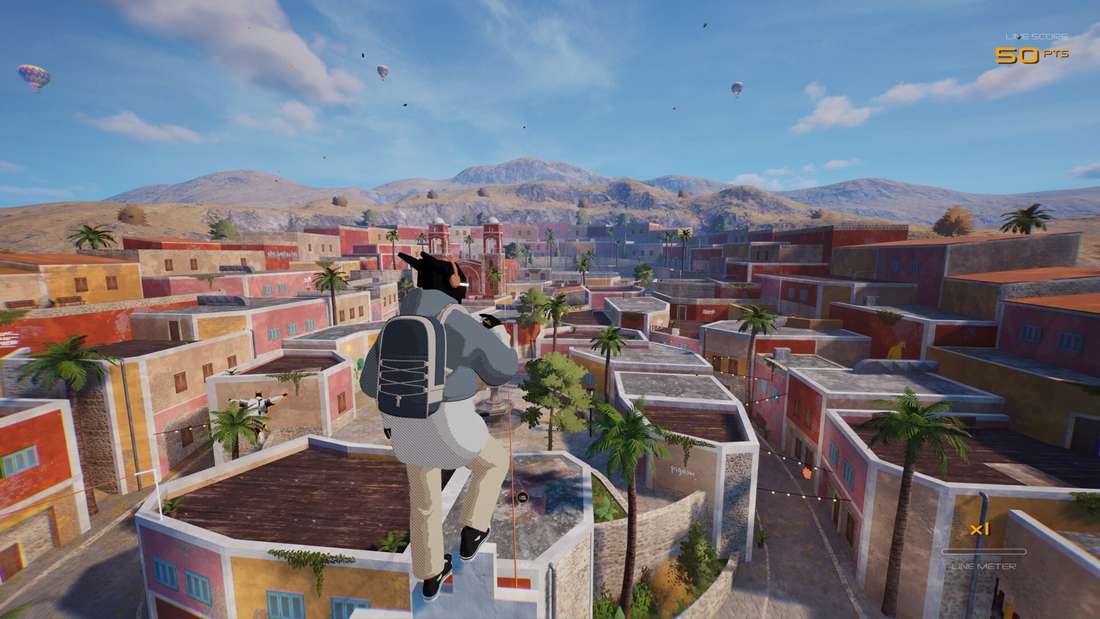Rooftops & Alleys: The Unfulfilled Promise of Next-Gen Parkour – A Critical Review
Popular Now
 Fortnite
Fortnite
 Counter-Strike 2
Counter-Strike 2
 Gacha Club
Gacha Club
 BeamNG.drive
BeamNG.drive
 Roblox
Roblox
 Stumble Guys
Stumble Guys
 Among Us
Among Us
 NBA 2K24
NBA 2K24
 Candy Crush Saga
Candy Crush Saga
 League of Legends
League of Legends  In the fiercely competitive landscape of digital entertainment, every new release carries the weight of high expectations, especially when it ventures into a genre with dedicated fans. Rooftops & Alleys emerged with considerable hype, positioning itself as the next evolutionary leap in parkour gaming. Its initial trailers showcased breathtaking urban environments, fluid animations, and a promise of unparalleled freedom in open-world traversal. Gamers eager for a fresh take on free-running simulator mechanics were poised for an immersive experience that could redefine the genre. However, after extensive playtime, it’s clear that while the ambition is sky-high, the execution tragically trips over its own feet, leaving a trail of frustration amidst moments of fleeting brilliance.
In the fiercely competitive landscape of digital entertainment, every new release carries the weight of high expectations, especially when it ventures into a genre with dedicated fans. Rooftops & Alleys emerged with considerable hype, positioning itself as the next evolutionary leap in parkour gaming. Its initial trailers showcased breathtaking urban environments, fluid animations, and a promise of unparalleled freedom in open-world traversal. Gamers eager for a fresh take on free-running simulator mechanics were poised for an immersive experience that could redefine the genre. However, after extensive playtime, it’s clear that while the ambition is sky-high, the execution tragically trips over its own feet, leaving a trail of frustration amidst moments of fleeting brilliance.
From the outset, the visual fidelity of Rooftops & Alleys is undeniably striking. The urban sprawl, meticulously designed with intricate details, offers a visually rich backdrop for daring stunts and high-octane chases. Buildings gleam under dynamic lighting, and the sense of verticality is palpable, creating an immediate allure for players who crave a sprawling playground. The core concept—navigating a vast city solely through parkour—holds immense appeal, tapping into the fantasy of acrobatic freedom. When the game’s core mechanics work as intended, there are moments of genuine exhilaration. Stringing together wall-runs, precise jumps, and seamless vaults can feel incredibly rewarding, embodying the true spirit of momentum-based gameplay that a top-tier parkour title demands. These instances hint at the game’s undeniable potential, showcasing what it could have been with more polish and refined development.
 The Promise: Fluid Movement and Expansive Environments
The Promise: Fluid Movement and Expansive Environments
The developer’s vision for Rooftops & Alleys was clear: to deliver a parkour experience that prioritizes player agency and a sense of unbridled motion. The control scheme, at its best, attempts to be intuitive, allowing players to transition between various parkour moves with what feels like natural grace. When you manage to chain together a perfect sequence—a precise jump over a gaping alley, a slick slide under a low obstacle, followed by an elegant climb—the game truly sings. These moments are where the high-fidelity graphics and environmental design coalesce with responsive controls, providing glimpses of a truly next-gen parkour simulator. The sprawling city, designed with multiple vertical layers and hidden pathways, initially encourages exploration, promising countless hours of discovery and mastery.
The ambition to create an expansive, seamless environment for parkour is commendable. The city itself feels alive, even if its inhabitants are largely static backdrops. Environmental storytelling, while not overtly narrative-driven, is present in the decay and renewal of various districts, adding a subtle layer of depth to the player’s traversal. The sheer scale of the playground is impressive, suggesting a vast open-world experience ripe for user-generated content or competitive gaming scenarios. For players invested in the pure athleticism of free-running, the framework is certainly enticing, promising an engaging journey through a meticulously crafted digital urban landscape.
The Stumble: Unresponsive Controls and Glaring Technical Flaws
However, the dream quickly unravels when faced with the pervasive technical issues that plague Rooftops & Alleys. The most critical flaw lies within its inconsistent control system and erratic physics engine. What should be fluid and precise often devolves into frustrating battles with unresponsive inputs and unpredictable character behavior. A perfectly timed jump can inexplicably fail, leading to repeated falls into chasms or against invisible walls. Collision detection is notoriously unreliable, frequently registering hits where none should exist, or allowing the player character to clip through environmental assets, breaking any sense of immersion. This isn’t merely a minor inconvenience; it’s a fundamental breakdown of the core gameplay loop that defines a parkour title.
Furthermore, the game is rife with bugs and glitches that severely hamper the overall player experience. From sudden frame rate drops on even high-end PC gaming rigs to bizarre character animations that defy gravity, the lack of robust quality assurance is evident. These game-breaking bugs often force players to restart sections, losing progress and diminishing any enjoyment derived from successful parkour sequences. For a title aiming for a significant share in the action-adventure market, such pervasive performance issues are inexcusable and actively detract from its potential for high user engagement and positive critical reception. This level of technical instability poses a significant challenge for its long-term viability and its ability to attract a broad consumer base in the competitive digital entertainment market.
 Lack of Depth and Repetitive Core Loop
Lack of Depth and Repetitive Core Loop
Beyond the technical shortcomings, Rooftops & Alleys struggles with a lack of compelling content and narrative depth. The missions, when they are present, often feel like glorified tutorials or repetitive fetch quests thinly veiled as objectives. The absence of a strong, engaging story or memorable characters means that the magnificent cityscape often feels hollow, lacking purpose beyond being a canvas for movement. This can lead to quick player fatigue, as the initial thrill of traversal gives way to a monotonous grind without a meaningful overarching goal. While some players might find satisfaction in simply perfecting their free-running lines, the majority will yearn for more substantial challenges and a reason to explore beyond the immediate gratification of motion.
The game also misses opportunities for deeper player investment. Customization options are minimal, both for the character and the environment, which could have fostered greater community engagement and replay value. In an era where post-launch content and a clear development roadmap are crucial for maintaining player interest and ensuring a positive return on investment, Rooftops & Alleys feels somewhat stagnant. The lack of robust competitive modes or social features further limits its appeal, especially when compared to other successful titles in the genre that actively cultivate a vibrant online community. The current state suggests a product launch strategy that prioritizes initial release over sustained player satisfaction.
Conclusion: A Parkour Dream in Need of Serious Renovation
Rooftops & Alleys is a game of immense potential hobbled by glaring flaws. It’s a title that evokes the sensation of a true parkour dream, only to shatter it with inconsistent controls, frustrating glitches, and a general lack of polish. The core concept, coupled with its visually impressive world, deserves better execution. For its current state, it’s difficult to recommend without significant caveats. While it showcases brief flashes of brilliance that hint at what a truly great parkour experience could be, these moments are often overshadowed by the pervasive issues that make prolonged play a test of patience rather than skill. The gaming industry has seen numerous titles turn their fortunes around with dedicated post-launch support and patch updates, and Rooftops & Alleys is in desperate need of such a comprehensive overhaul.
Developers have a critical opportunity to address these concerns, focusing on improving the physics engine, refining controls, and injecting more meaningful content. Only then can Rooftops & Alleys truly stand tall and fulfill its promise as a compelling entry in the pantheon of action-adventure and free-running games. Until then, it remains a testament to ambitious vision undermined by a flawed foundation, a game that could have soared but instead, regrettably, trips.







 The Promise: Fluid Movement and Expansive Environments
The Promise: Fluid Movement and Expansive Environments Lack of Depth and Repetitive Core Loop
Lack of Depth and Repetitive Core Loop